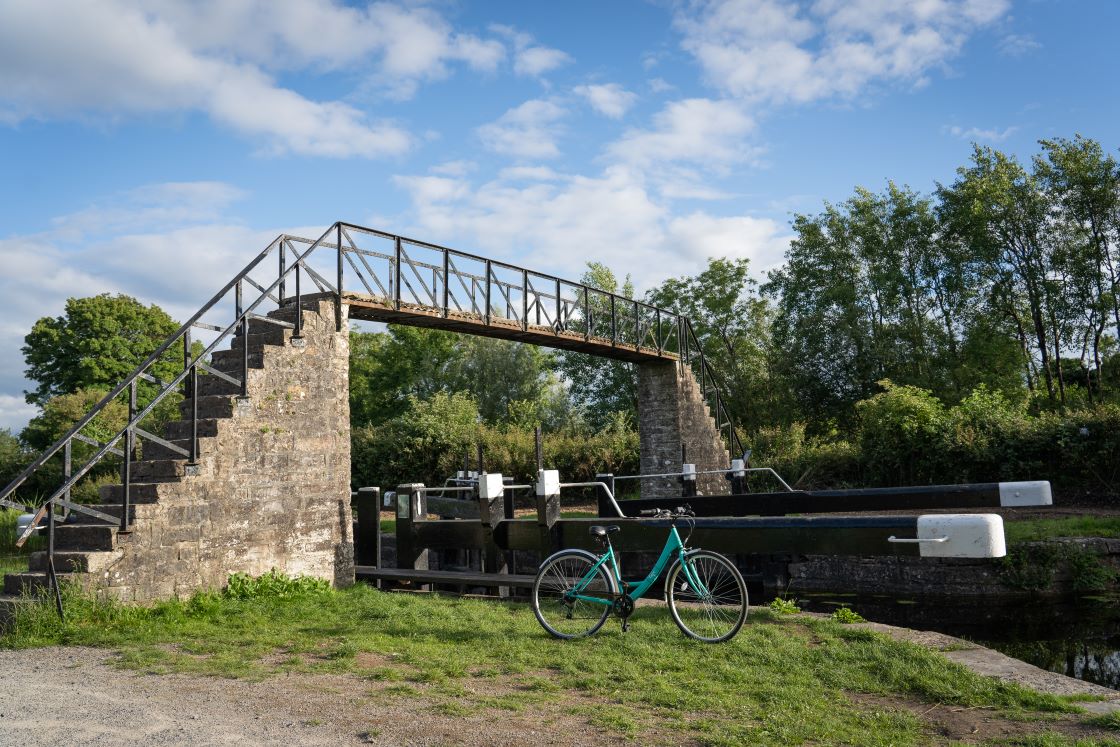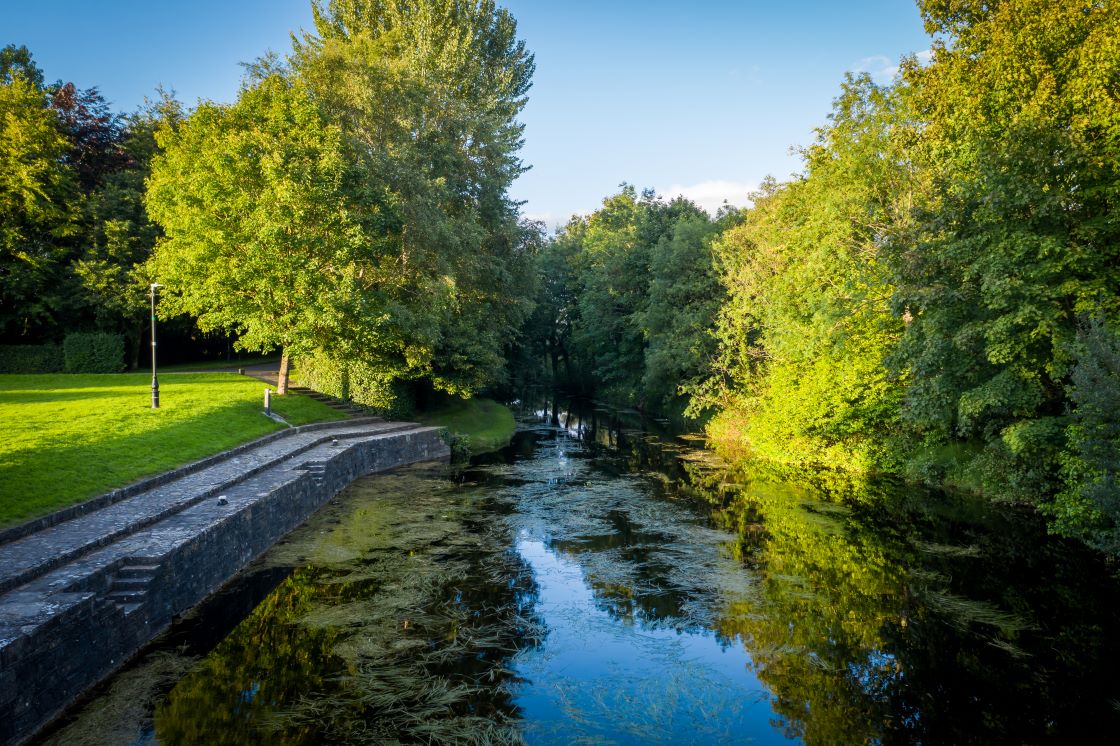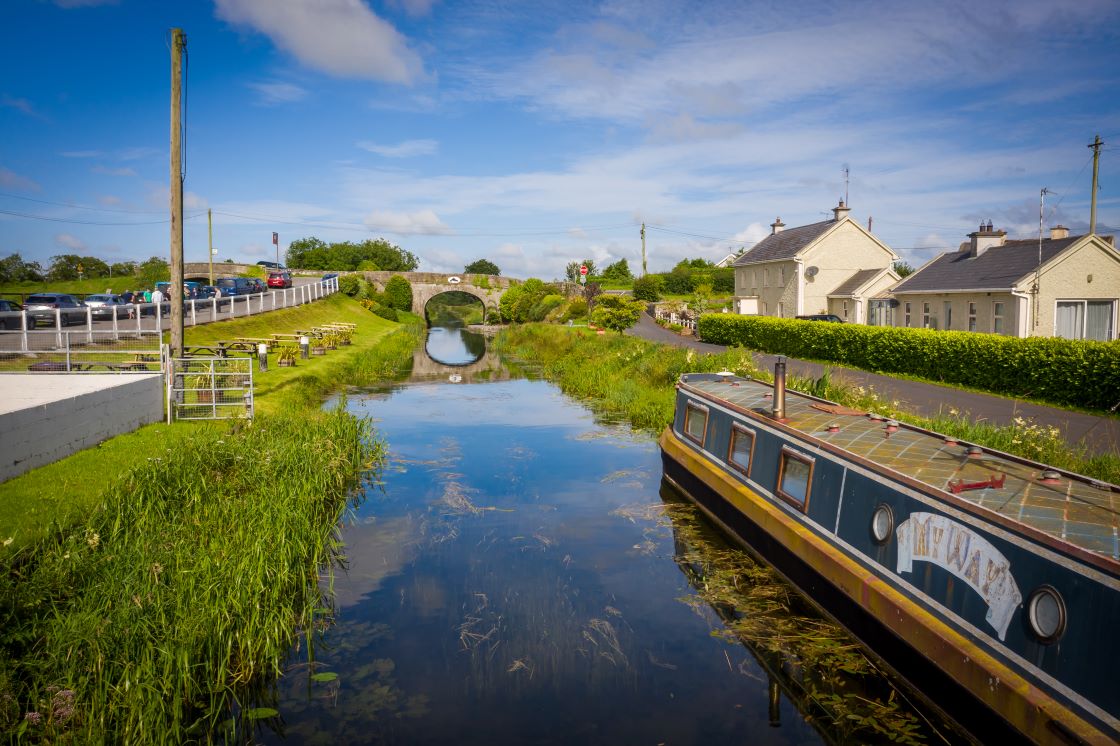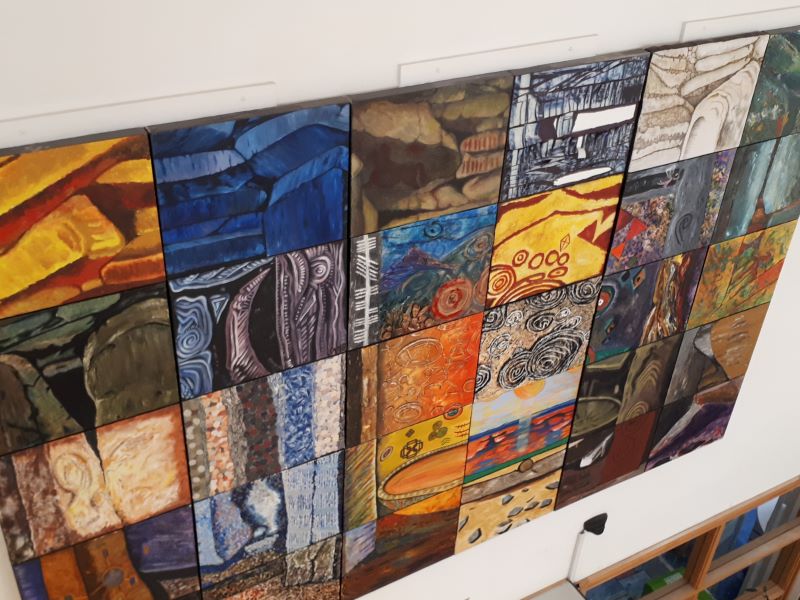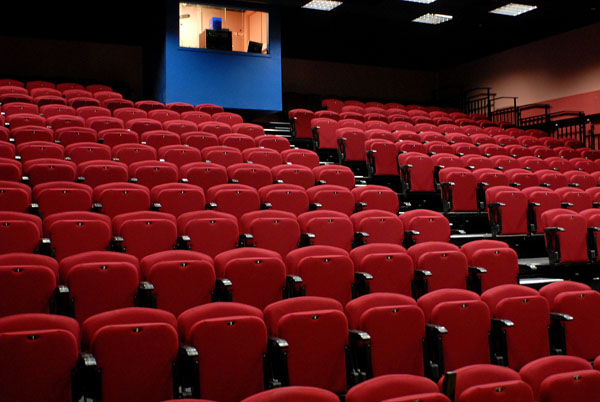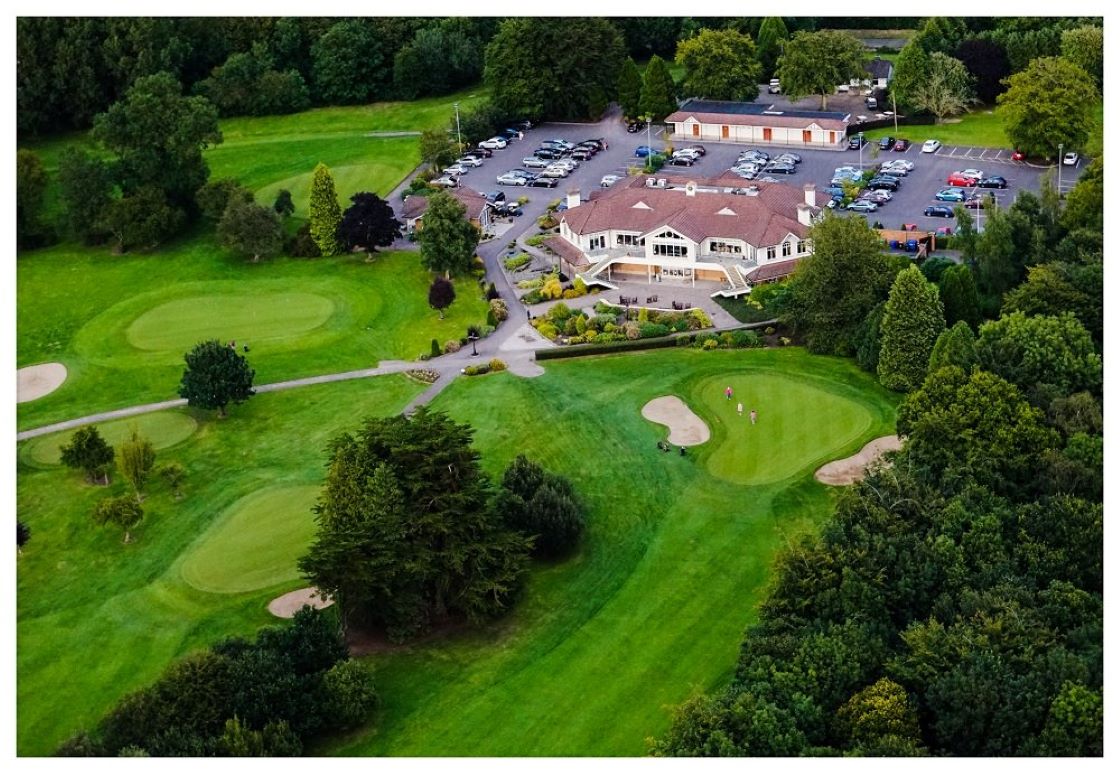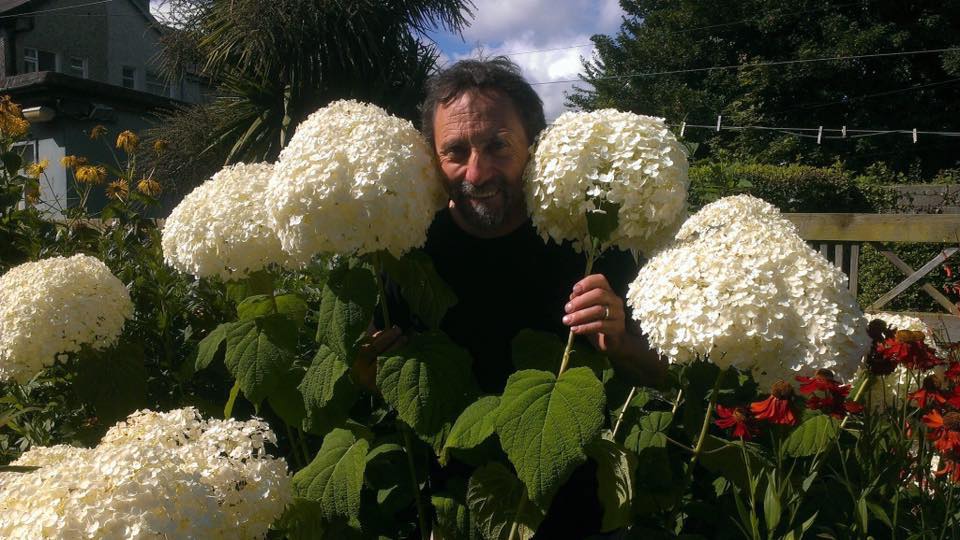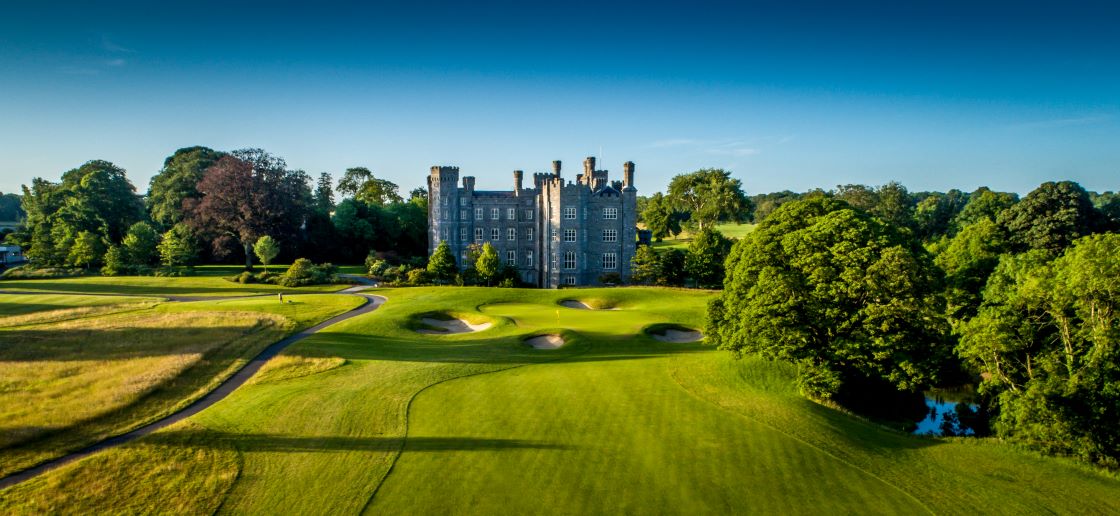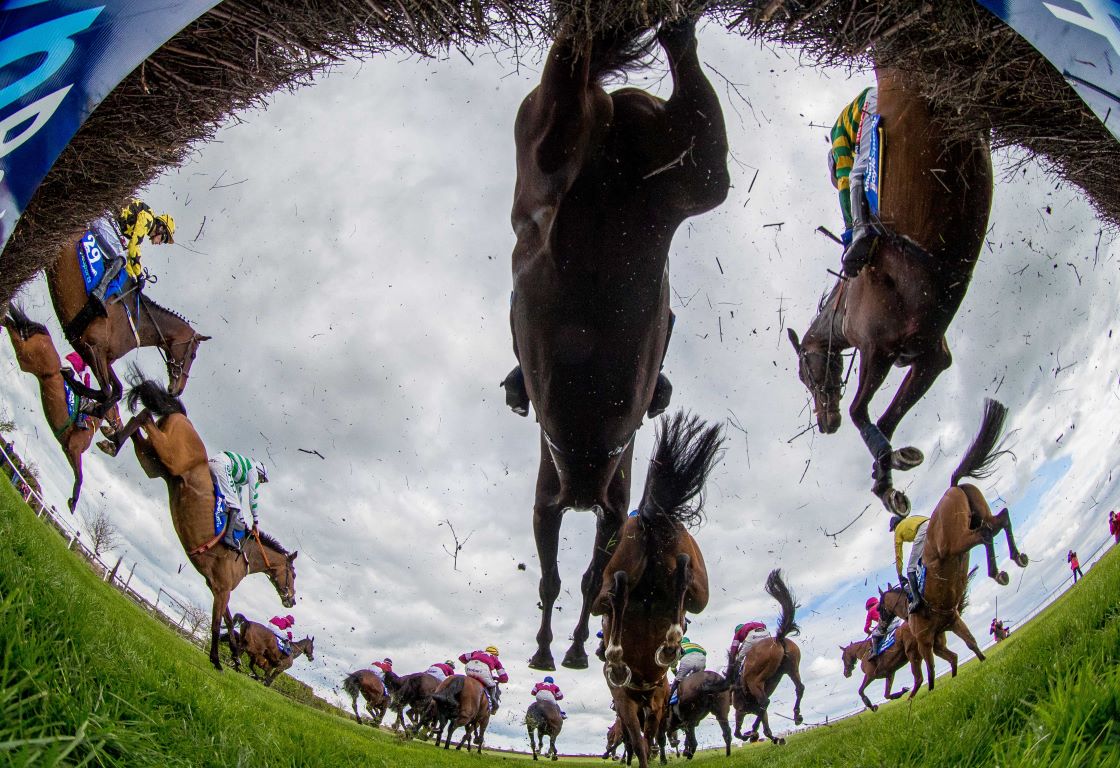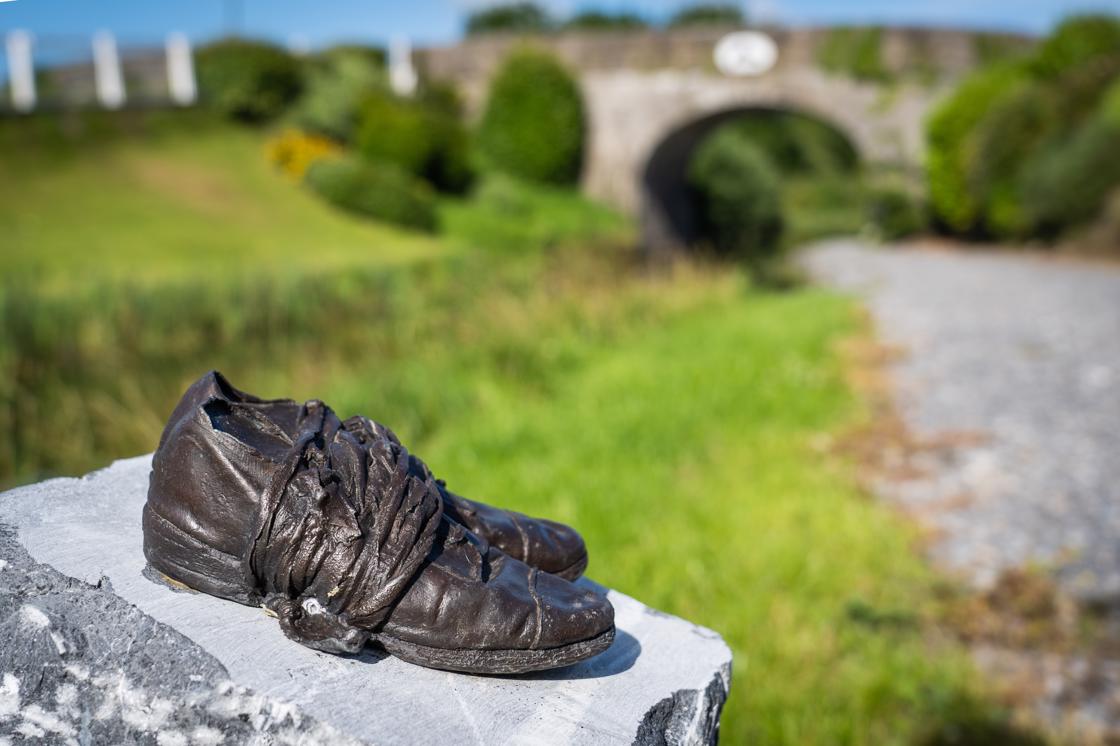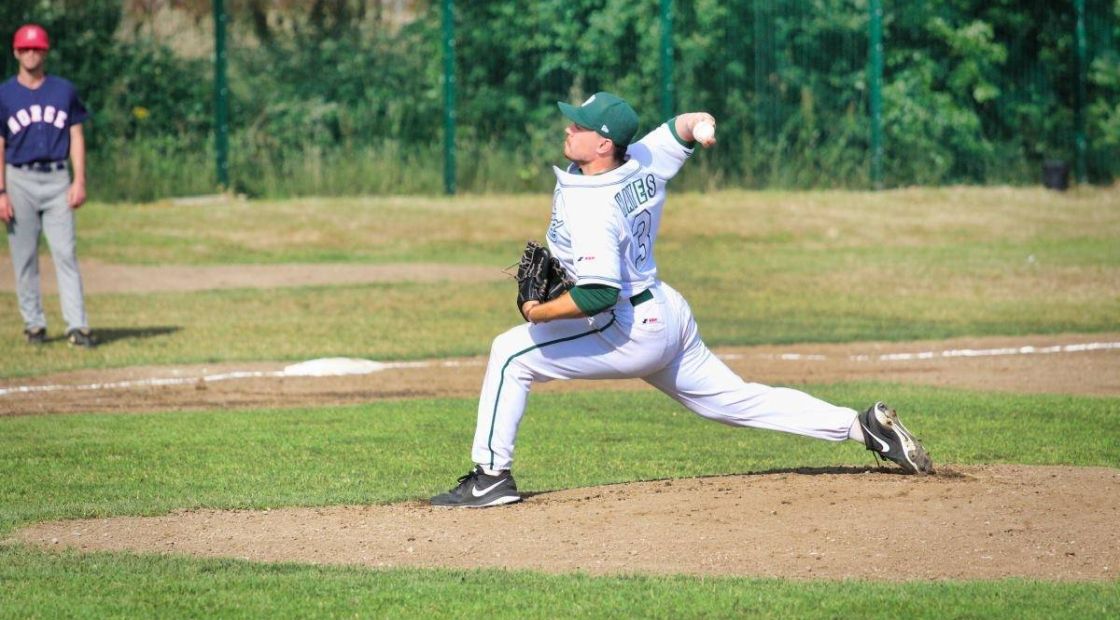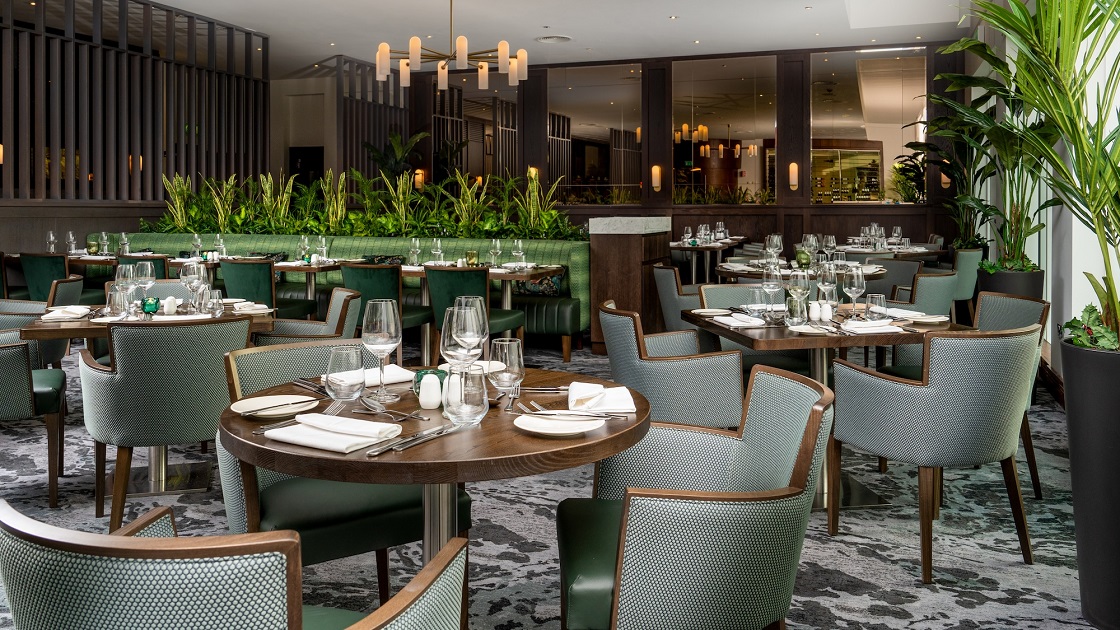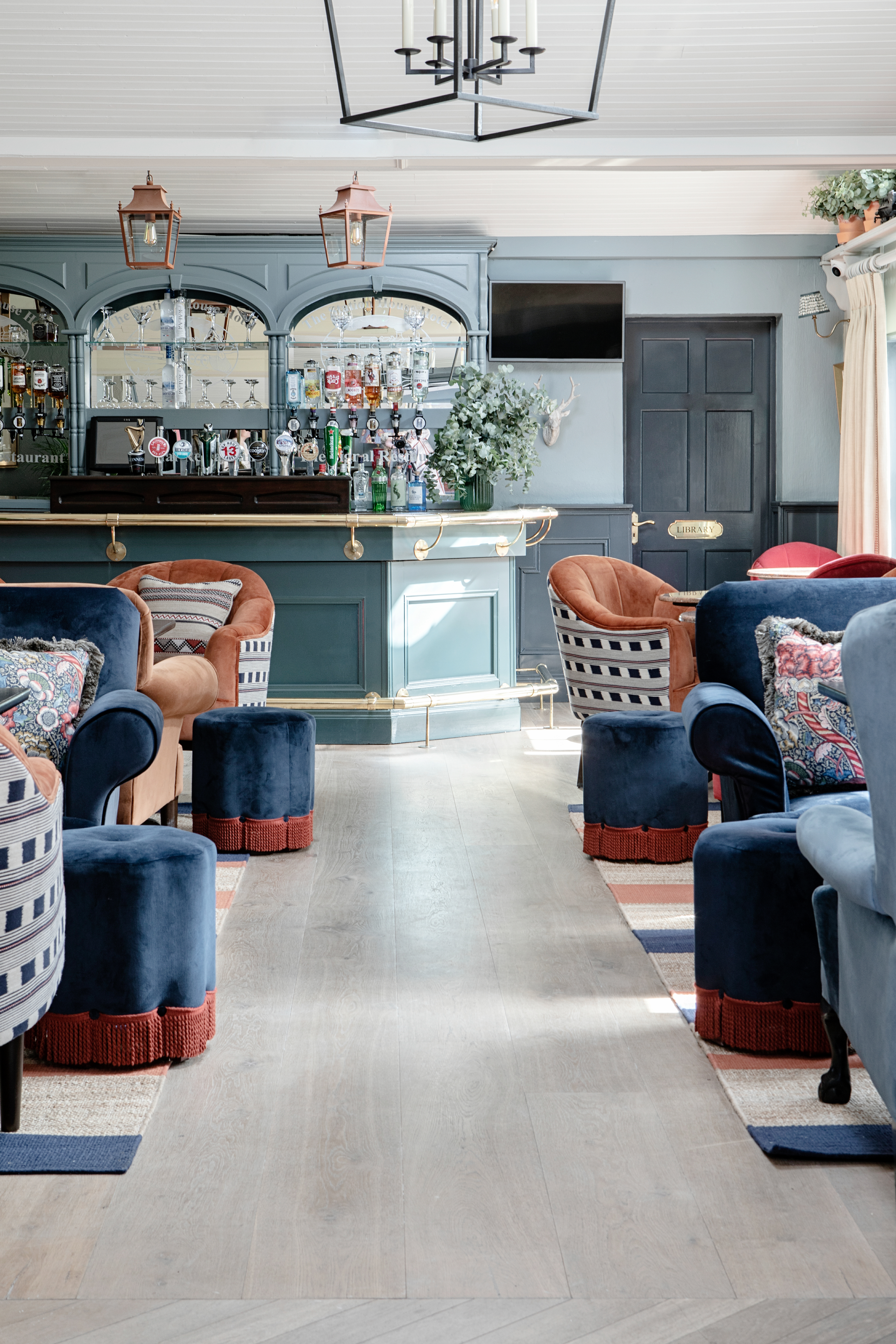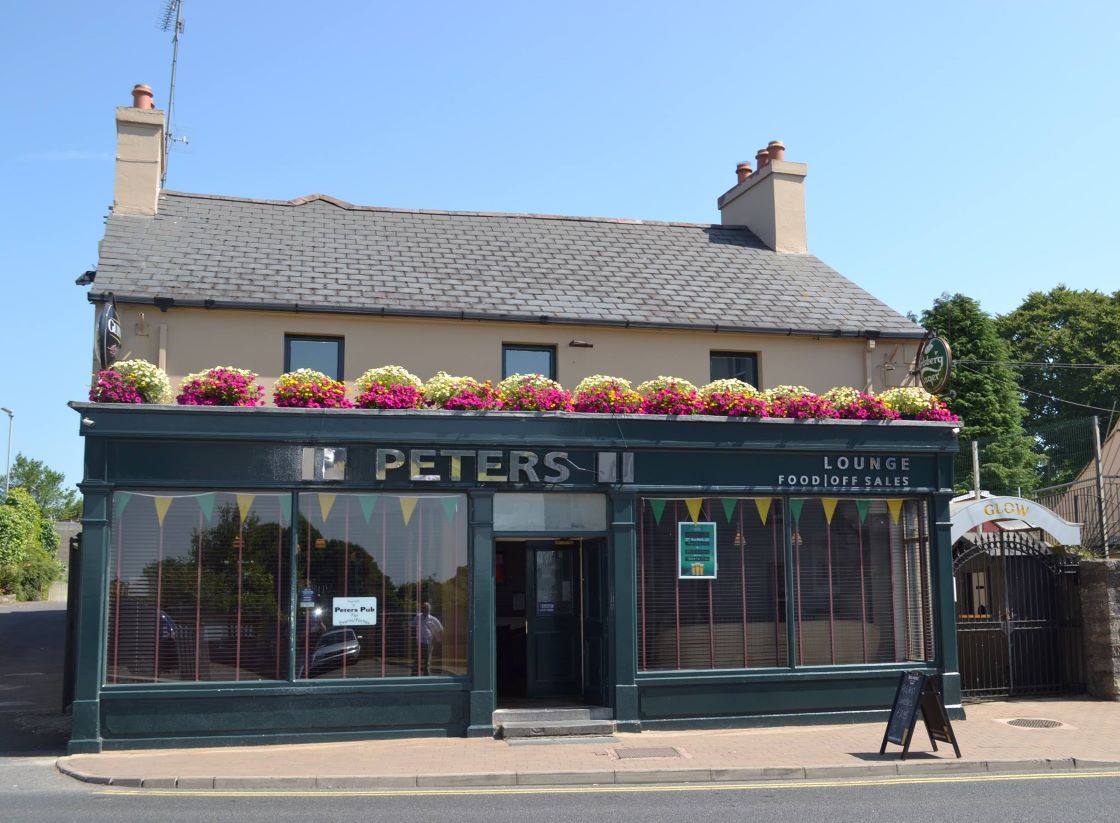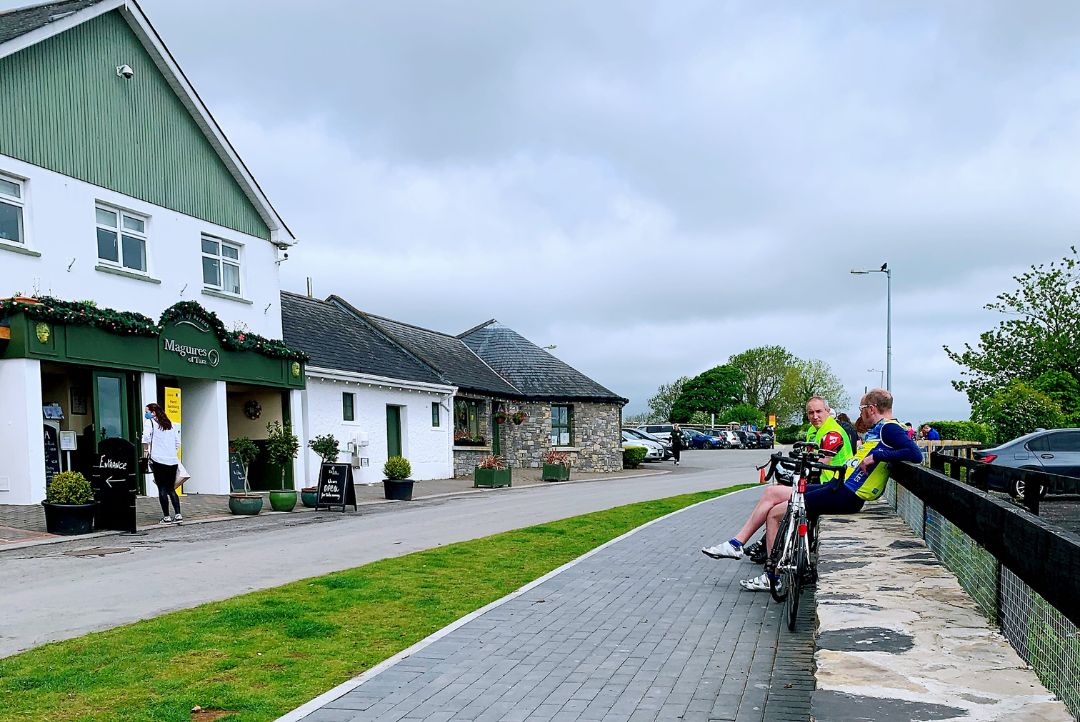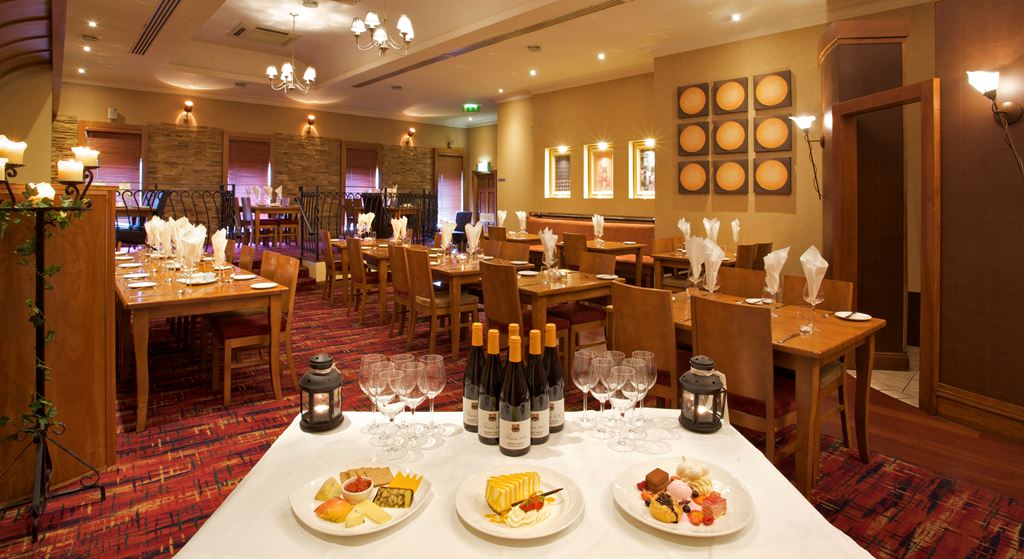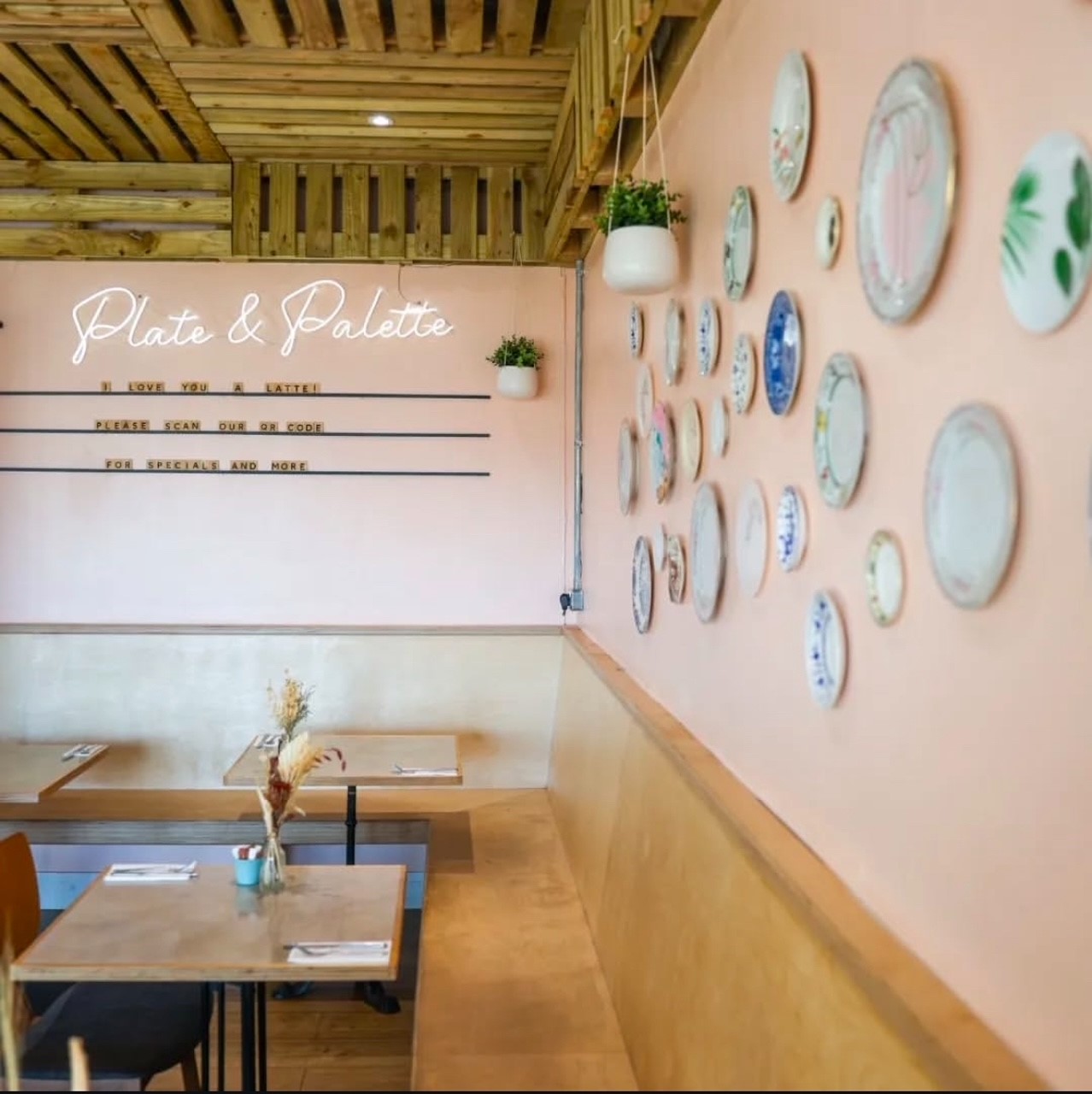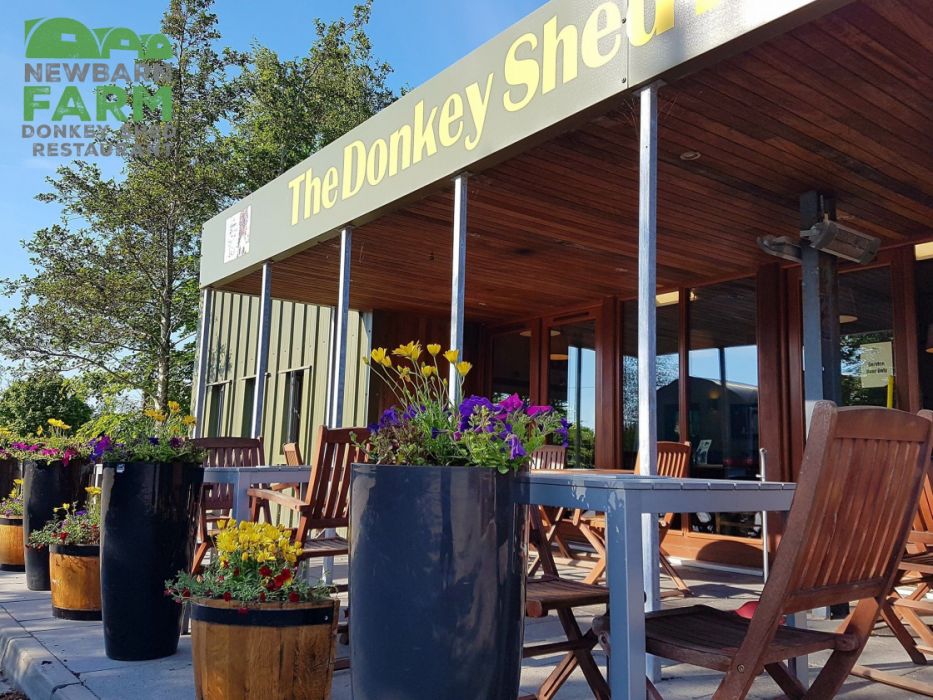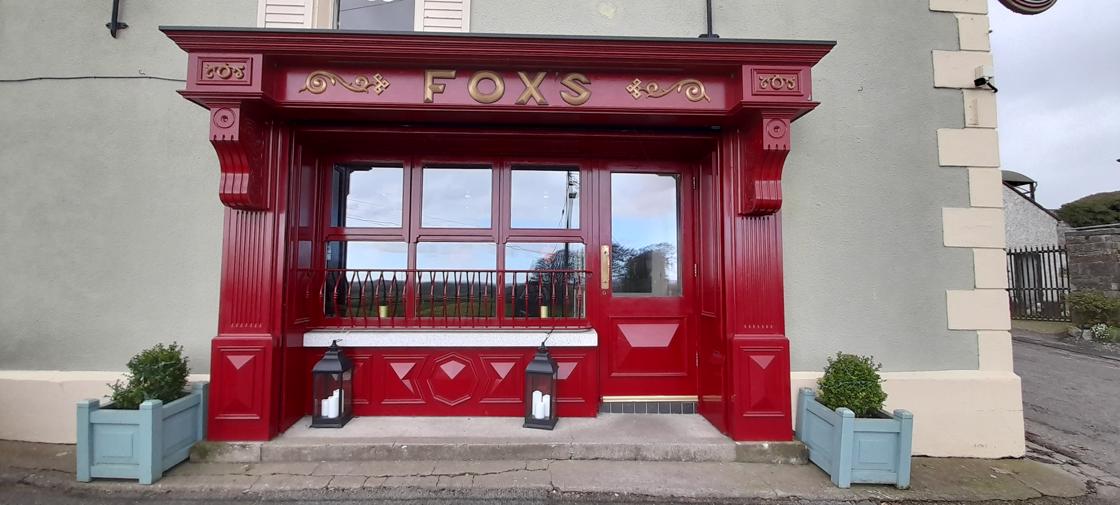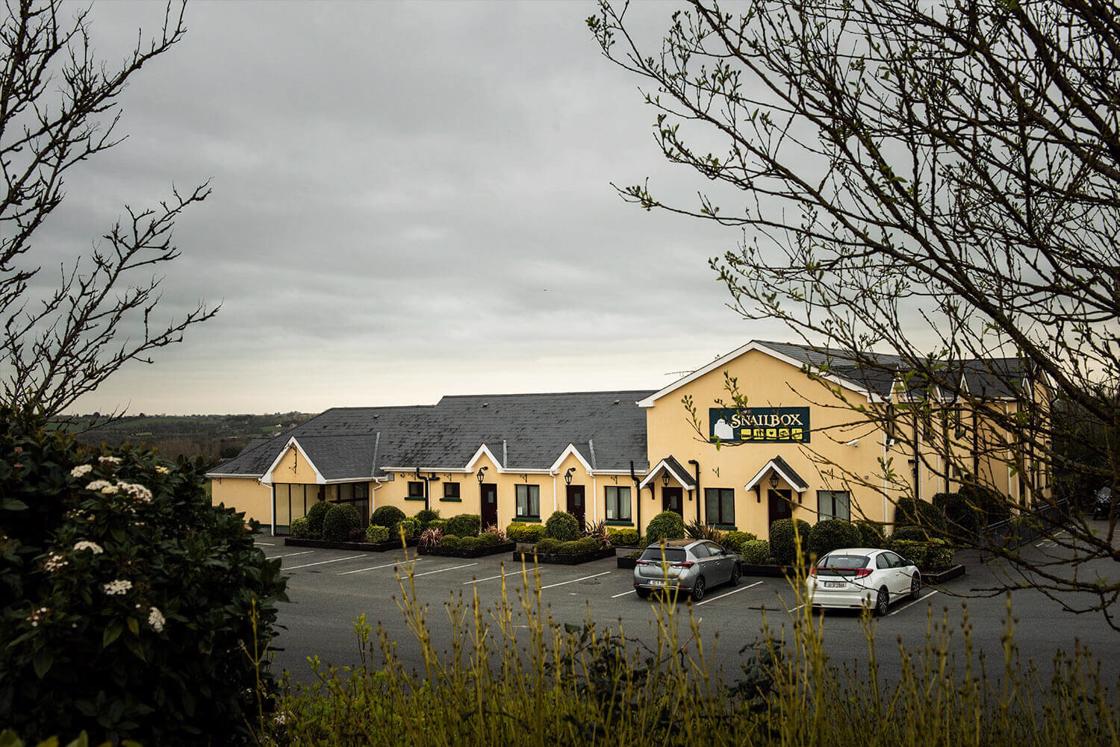The enchanting Royal Canal Greenway is 130km of level towpath, ideal for walkers, runners and cyclists of all ages and stages. Starting in cosmopolitan Maynooth, it follows the 200 year old canal through charming Enfield and lively Mullingar to charming Cloondara in Longford, with cafés, picnic spots and attractions along the way. Rustic and industrial landscapes combine, with rolling fields, pretty waterside villages, working locks and historic landmarks. Cycle between any of the main towns and return by train to where you started. Follow where once horse‐drawn barges journeyed and keep an eye out for hidden wildlife wonders along the way.

Rolling countryside of Meath
Approximately 22km of the Greenway is set in County Meath, with access points at Enfield, Longwood and Hill of Down. Storyboards and map-boards at the access points guide you along the way, with picnic areas and benches to pause and enjoy your surroundings.
In Enfield, industrial heritage is showcased in the fine old Midland Great Western Railway buildings ‐ the railway station, warehouses, old railway signal boxes and towers, still in use today. You might even spot some magical beings on the Enfield Fairy Trail! A few kilometres further on the Blackwater Aqueduct carries the canal over the Blackwater River. At Longwood Harbour the Ribbontail Paddlers Club use a restored lock keeper’s cottage as a clubhouse. The club is named for historic Ribbontail Footbridge, built for mass‐goers to cross the canal on their way to the church in Longwood. You may even spot a barge at the Hill of Down before you travelonwards to Killucan.
Please click here to download the brochure.

Walking and Cycling Advice
- Surface - The Royal Canal Greenway is generally level and surfaced. Gradients are kept to a minimum and you’ll fnd plenty of places to rest along the way.
- Shared Paths – This is a shared use trail – please consider other users. Cycle at a safe speed. Cyclists, please give way to walkers, slow down and ring your bell when approaching.
- Dogs are to be kept on a short lead at all times - please clean up after them.
- Be Seen! – You should wear appropriate clothing for your activity and the weather.
- Road Crossings and Road Safety - On the Royal Canal Greenway you will be away from trac as the trail is mostly off-road. However at some locations, the Greenway crosses a main road. Please use crossing points provided and where there isn’t an ocial crossing point,
- please cross with care.
- Emergencies - In the likely event of an emergency dial 999 or 112 to contact Emergency Services.
National Famine Way
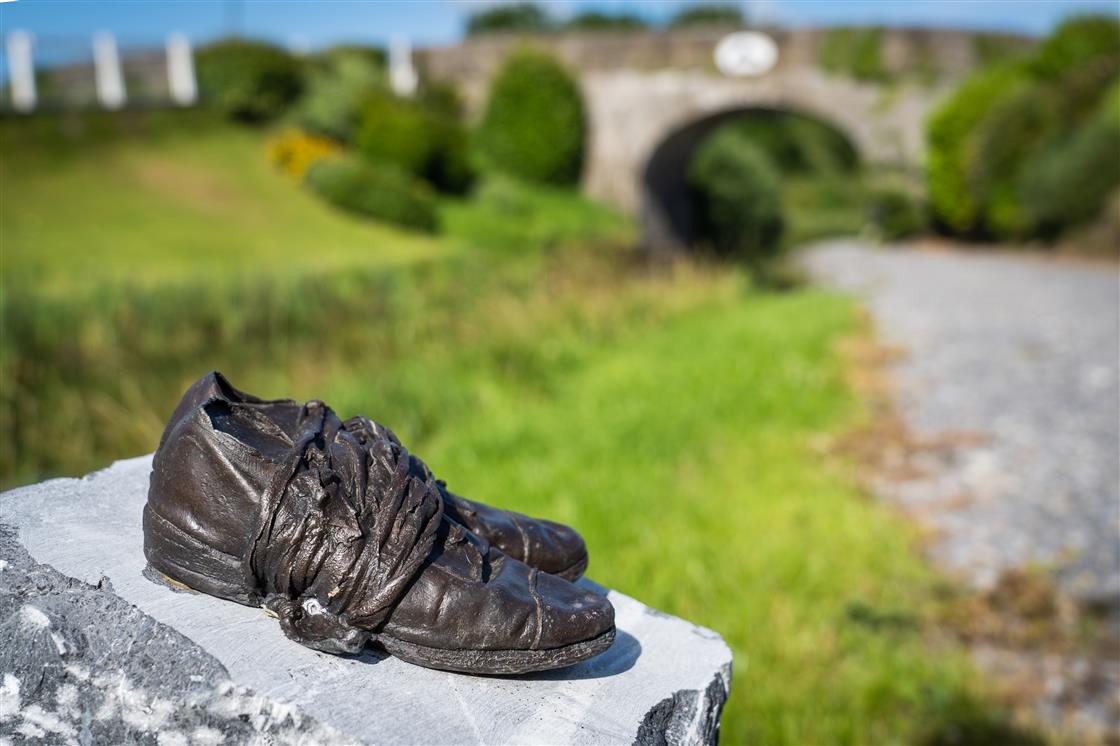
The Royal Canal Greenway also includes part of the National Famine Way, which follows the tragic journey from Roscommon to Dublin of 1,490 Great Famine emigrants. Monuments at the Hill of Down, Longwood and Enfield mark this sad yet important part of Irish history. See nationalfamineway.ie for more details.
The Royal Canal Greenway ‐ One Trail, Endless Discoveries.
Enfield
Located in the southern end of the Boyne Valley, the story of Enfield is strongly connected with developments in travel, even from ancient times.
It is believed that the Enfield area was once situated on “an tSlí Mhór” or “The Great Way” which acted as a highway joining the East and West of the Country. An tSlí Mhór was said to have been one of 5 road ways that originated at the most sacred site in Ireland, the Hill of Tara. Famed for being the seat of the High Kings of Ireland, Tara is steeped in history and mythology and it still holds a special meaning for Irish people to this day.
Enfield was also once known as Innfield, a name that originated from the Royal Oak Inn, which was a stopping point for travelers during the stage coach era of the 18th to early 19th centuries. The Inn is believed to have been located at the site of what is now the Bridge House Bar and Restaurant. Bianconi’s horse-drawn carriage network, one of the earliest forms of public transport in Ireland, also had links with Enfield. However, other options were to become available that would be faster and more direct than Bianconi’s coaches and Enfield would remain a hub for transportation throughout these developments.
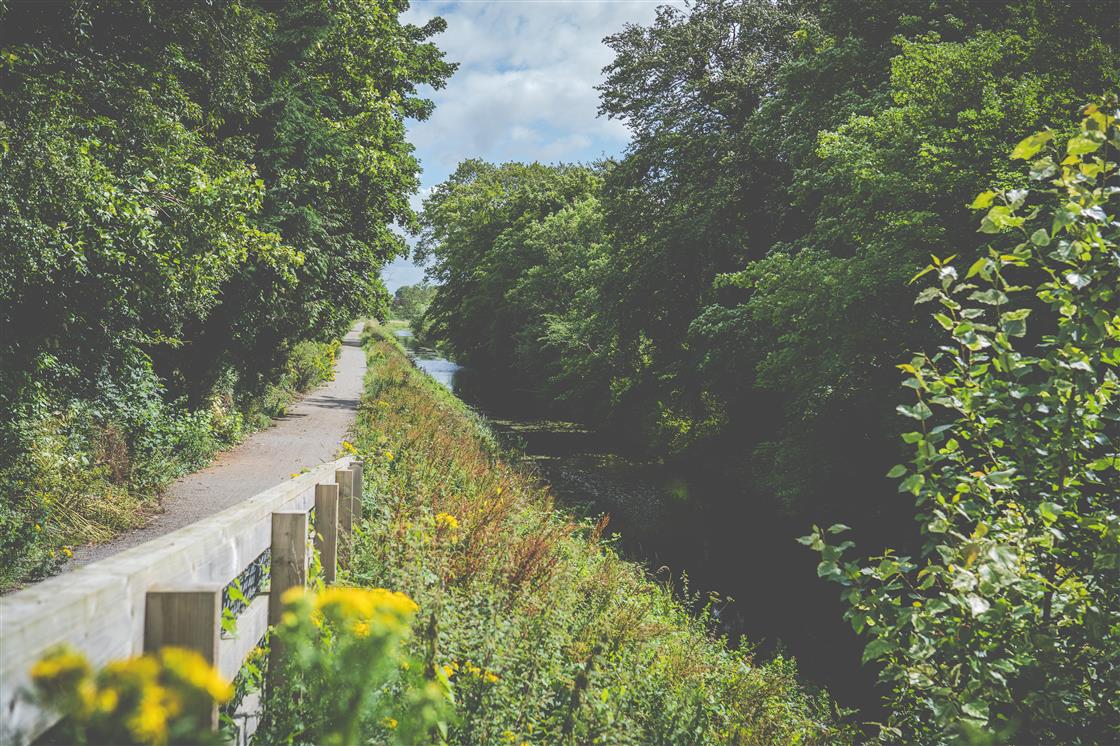
The Royal Canal opened in 1817 and stretched from Dublin to the River Shannon, cutting its way through Enfield and surrounding areas. The fly-boats, which were drawn by horses, became a popular form of travel and barges were used to transport goods in bulk along the canal. This amazing feat of engineering, before the age of diggers and excavators, is testament to the engineers, stonemasons and many labourers who worked on the 146km manmade channel. However, the arrival of the railways meant that people and goods could move quite a bit faster and eventually the canal fell into disuse and sadly closed in the 1960s. Trains were the way forward and Enfield train station is still in operation with the Dublin to Sligo train making regular stops at its platform.
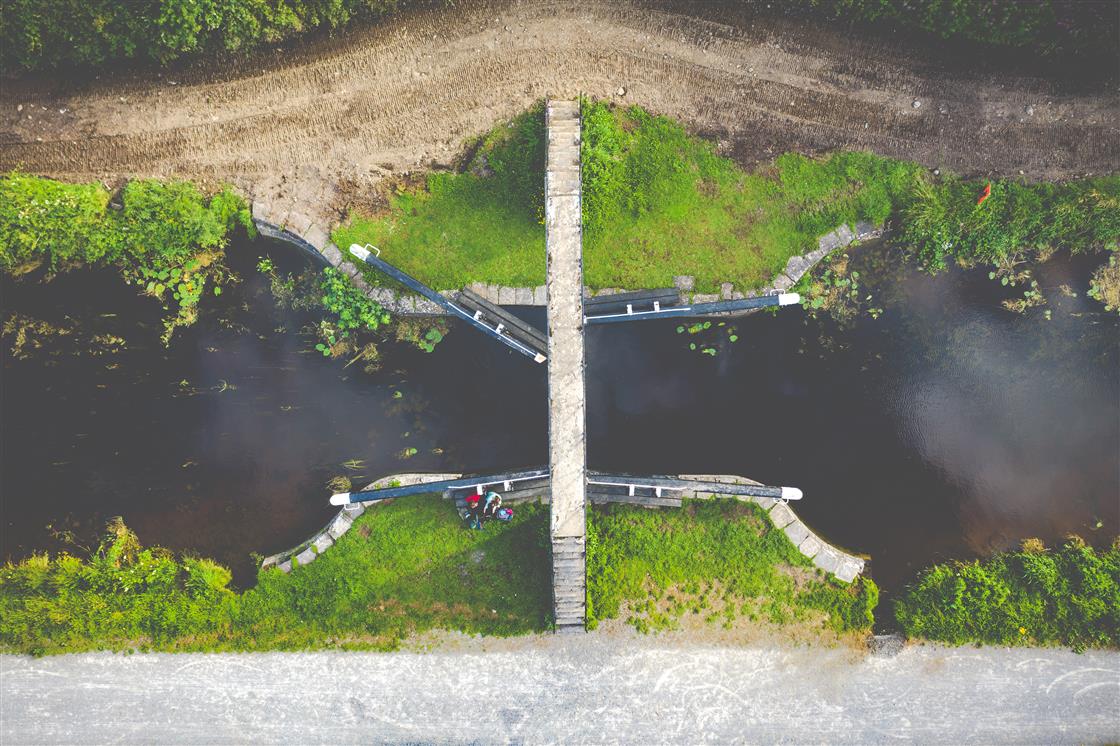
The revival of the Royal Canal has been embraced by Enfield and a Leisure Park has been developed along its banks at the edge of the town. This park is located directly across from the train station and is an ideal starting point for a Royal Canal Greenway adventure. On foot or cycling, the terrain is easy to negotiate and with some hospitable places for refreshment along the route between Enfield and Killucan, such as Furey’s bar in Moyvalley or Moran’s Shop and Pub at Hill of Down, visitors are bound to enjoy taking in the beautiful countryside at their own pace and from a totally unique perspective.
From its setting in the historic Boyne Valley, Enfield is only a short distance away from fantastic monuments such as Trim Castle, the largest Anglo-Norman castle in Ireland, the sacred Hill of Tara, Tlachtga/ Hill of Ward which is the birthplace of Halloween and the film-makers favourite, Bective Abbey. Visit nearby Clonard with its monastic connections or admire how the Royal Canal crosses over the River Boyne at the aqueduct by Longwood Harbour and consider the work that went into creating this amazing piece of engineering. Reconnect with nature and relish the peace and tranquility of the Royal Canal Greenway as you explore the Boyne Valley, birthplace of Ireland’s Ancient East.
Did you know?
Ireland's greatest mathematician, Sir William Rowan Hamilton (1805–1865), who grew up and was educated in nearby Trim, famously discovered the algebra of quaternions while walking along the Royal Canal in 1843.
Bike Hire
Bike Hire available from Royal Canal Bike Hire - The Hamlet Court Hotel just outside Enfield is an approved delivery location - To book visit www.royalcanalbikehire.ie


